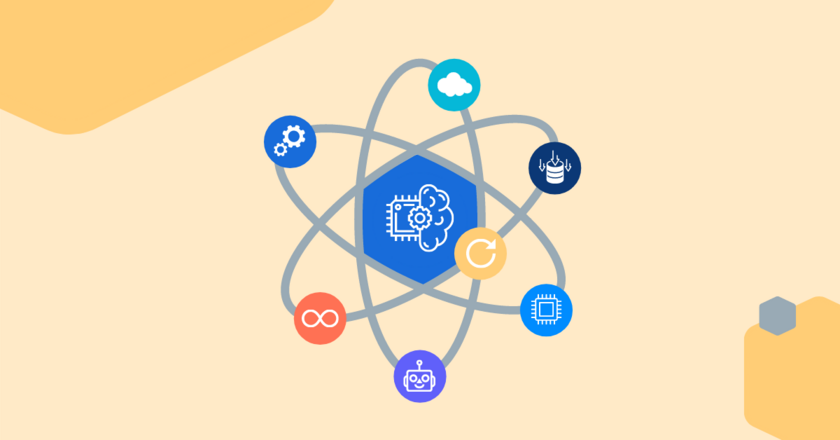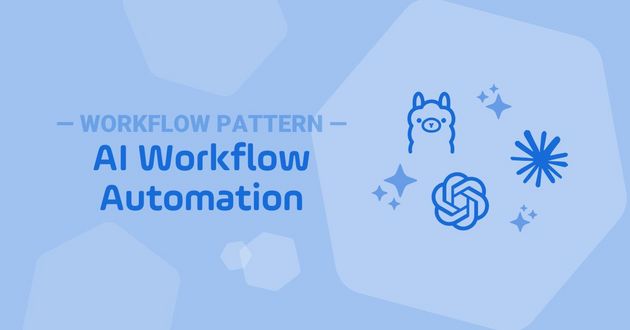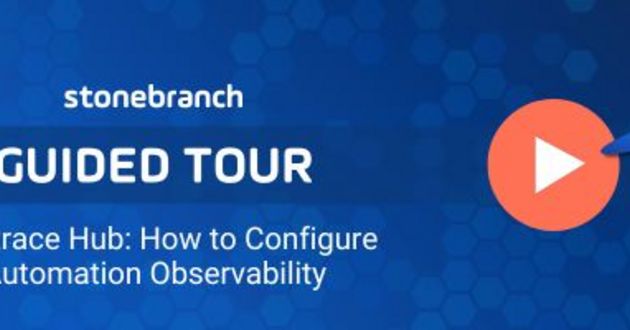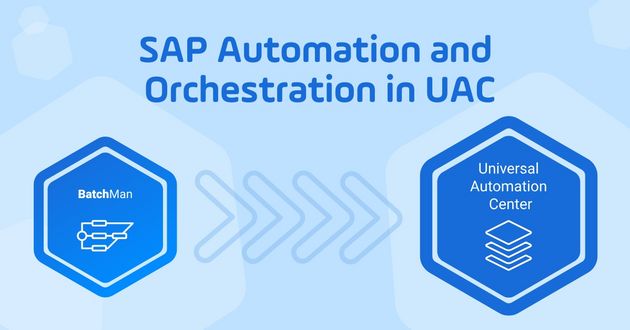What is Hyperautomation, and Where Does Workload Automation Fit?
The meaning of the term “hyperautomation” isn’t obvious from the name. Yet, according to Gartner, hyperautomation is one of the most important strategic technology trends of 2020 and 2021. Learn what it is and why IT Ops should be paying attention.

The term hyperautomation doesn’t refer to a specific a technology. Rather, hyperautomation is a process for orchestrating the many and varied automation technologies in place at most organizations today. Gartner coined the term hyperautomation a few years ago. Other consultancies have their own names for similar processes: Forrester calls it Digital Process Automation. IDC calls it Intelligent Process Automation.
For convenience, we’ll use the term hyperautomation to refer to the process of thinking strategically about how to get the most value out of the entire tapestry of automation tools running across the entire organization (as opposed to automating on a departmental or functional level). In this sense, hyperautomation really is something new.
In this blog, we’ll discuss what hyperautomation is, what’s driving it, the technologies it includes and how organizations stand to benefit from a concerted enterprise-wide hyperautomation initiative. We’ll zero in on how hyperautomation includes workload automation and, more recently, service orchestration and automation.
Hyperautomation, Defined
In today’s organization, it’s often assumed that any and all processes should be automated. Hyperautomation represents an evolution of this thinking by seeking to establish a rationale for what to automate and a structure for how to do it.
Hyperautomation starts with the premise that everything that can and should be automated will be automated. However, hyperautomation puts a strong emphasis on the word “should.”
An effective process of hyperautomation emphasizes questions like, “What are the costs and benefits of automating process X?” and “How do we integrate an automated process Y with others in the organization?” and “Do we have the necessary visibility into and understanding of process Z to automate it effectively?”
By answering questions like those above, hyperautomation gets at the central issue: whether a process should be automated now, or whether to wait and spend resources on more profitable automation.
With an understanding of hyperautomation’s unique emphases, Gartner’s definition of the term is compelling:
"Business-driven hyperautomation refers to an approach in which organizations rapidly identify, vet and automate as many approved business and IT processes as possible through a disciplined approach. Hyperautomation involves the orchestrated use of multiple technologies, tools or platforms (inclusive of, but not limited to, AI, machine learning, event driven software architecture, RPA, iPaaS, packaged software and other types of decision, process and/or task automation [including workload automation] tools)."
It’s also important to note that hyperautomation doesn’t have an end point. Rather, it’s an ongoing, iterative process made up of multiple concurrent automation efforts that leverage a wide, ever-expanding range of technologies.
What’s Driving Hyperautomation, and What are the Goals for it?
Many organizations—some 70%, according to Gartner—are already engaged in numerous standalone hyperautomation projects. The problem is, they’re typically isolated instances of automation that only reinforce the islands of automation that are a persistent challenge for almost every organization.
And yet, there’s still a pent-up demand for more automation. Much of that demand is driven by business stakeholders who have been empowered by low-code/no-code technologies and thus embraced the role of citizen automators. To take another example, developers have a desire for tools that orchestrate the DevOps toolchain while giving them some autonomy from IT Ops.
Another constituency pressing to satisfy pent-up demand is the C-suite. Business leaders have made accelerated digital transformation a top priority. “Digital operational excellence” is the goal, and enterprise-wide hyperautomation is a means of achieving it.
Pressure from the top is a key reason that hyperautomation is expanding from isolated instances to the comprehensive automation of tasks and processes and the orchestration of automation across functional groups.
A key driver of a new approach to hyperautomation is the growing “organizational debt” many enterprises carry. Organizational debt comprises technical, process, data, architecture, talent, security and social debt. An organization’s overall debt is increased when extensive, expensive business processes are propped up by a disconnected mix of technologies that aren’t connected, consistent or optimized. One driver of this debt is the influx of cloud adoption and the disconnected approach between on-prem, private and public cloud automation strategies.
Inadequate corporate resilience is another driver of hyperautomation. Black swan–type shocks (like the COVID-19 pandemic) and ever-changing market conditions (e.g., climate change, resource constraints, shifting market dynamics) have made clear the need for intelligent operational resilience. Adaptability is the key to achieving resilience, and overcoming unnecessary corporate complexity is a prerequisite for adaptability.
What Technologies does Hyperautomation Encompass?
Hyperautomation is becoming an enterprise-wide initiative, so it’s only natural that it must now cover the full spectrum of an organization’s technologies. Those solutions can include, but are by no means limited to, AI, ML, chatbots/conversational platforms, event-driven software, process mining/discovery tools, and task automation technologies.
The technologies covered by hyperautomation efforts are diverse and ever-changing, which is why they can’t be listed definitively or exhaustively. Gartner refers to hyperautomation as “a set of business or IT process design and decisions where the scope and degree of automation delivered spans a spectrum of technologies.”
The technologies involved in hyperautomation are always changing, which is in keeping with Gartner’s definition of hyperautomation as “rapidly identify[ing], vet[ting] and automat[ing] as many approved business and IT processes as possible through a disciplined approach.”
It should be noted here that hyperautomation, although not itself a technology, is supported by a range of technology solutions. One of the most vital solutions is process mining and process-mining technology.
Emerging as a supporting IT automation trend in the early 2000s, process mining focuses on discovering, monitoring and improving processes by pulling information from event logs in information systems.
Process mining converts that information into knowledge of underlying processes. Process mining succeeds where interview- and observation-based assessments of processes fail—that is, by mapping comprehensively and precisely the way processes actually work. When using the objective intelligence generated by process mining, hyperautomation delivers the strongest results.
Workload Automation as Blueprint for Enterprise-wide Hyperautomation
As the IT professionals Stonebranch works with are well aware, task automation, job scheduling and workload automation have long been on the automation agenda for many organizations. As such, these processes and their technologies fit neatly into just about any organization’s enterprise-wide hyperautomation initiatives.
Moreover, with the evolution in recent years of workload automation into orchestration and automation platforms, many IT Ops, Cloud Ops and DevOps teams now have the kind of experience necessary to be key players in enterprise-wide hyperautomation.
With the evolution to service orchestration and automation, organizations are automating workload automation, file transfer, and the like across hybrid IT environments and disparate on-premises and cloud systems. This evolution shares the same top-level objectives with enterprise-wide hyperautomation: namely, gaining visibility into and understanding of processes; connecting those processes across environments and systems; and driving improved performance and business results.
In the final analysis, there’s a key takeaway for IT Ops professionals who have been focusing on workload automation and related processes and technologies: You have an important seat at the hyperautomation table. Hyperautomation is an iterative, multiyear journey that’s based on numerous concurrent business-driven hyperautomation projects. IT Ops professionals have the experience and perspective to help make hyperautomation a successful initiative at their organizations.
Start Your Automation Initiative Now
Schedule a Live Demo with a Stonebranch Solution Expert





